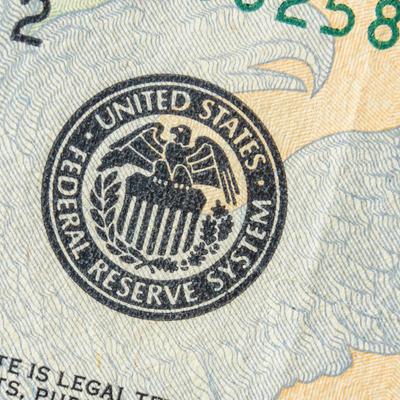Teaching the New Tools of Monetary Policy
Resources for teaching the Fed's monetary policy tools in an ample-reserves framework.
{{searchResultSnippet}}
 Back to All
Back to All

This video assignment describes the nation’s payment system and how the Fed plays a key role.
Fed Functions: Fostering Payment and Settlement System Safety and Efficiency RYAN: Hi, I’m Ryan. SUSAN: And I’m Susan. We work for the Federal Reserve, the central bank of the United States. One of the five key functions of the Federal Reserve is fostering the safety and efficiency of our nation’s payment and settlement systems. Whether you're paying your babysitter in cash, writing a check to the plumber, swiping your debit card at the grocery store, or getting your paycheck by direct deposit, you're participating in a payment system. RYAN: Payment systems facilitate financial transactions and purchases of goods and services by individuals and institutions, consumers and businesses, and investors and securities issuers. The Fed plays an important role in maintaining the integrity of U.S. payment systems and keeping cash, check, and electronic transactions moving reliably and securely throughout our economy. For example, the Federal Reserve Board in Washington, D.C. issues paper currency, which is put into circulation by Federal Reserve Banks around the country. SUSAN: The Reserve Banks also distribute coins and act as a “bank for banks.” In that role, they collect checks deposited by banks, and return unpaid checks to banks on which the funds are drawn. In addition, the Fed offers financial services to banks that help process your everyday credit and debit transactions--like grocery store purchases or recurring bill payments and other more sizable transactions--like real estate purchases or securities transfers--between and among businesses, banks, and individuals. RYAN: The Fed also acts as the “government’s bank,” providing services such as maintaining the Treasury Department's transaction account and issuing and redeeming U.S. government securities. And the Fed is also responsible for developing certain regulations and supervisory policies for elements of the payment systems. For example, over the years, the Fed has adopted rules that facilitate electronic collection and return of checks and that limit debit interchange fees. SUSAN: The Fed also conducts research on payment systems design, risks, and technological innovation and looks at usage trends to ensure these systems are evolving and keeping pace with the needs of the people and businesses who rely on them. Collectively, these efforts support the smooth and efficient operation of the nation’s payment systems and promote the stability of our financial system and economy. RYAN: For more information on this and other functions of the Federal Reserve, visit www.federalreserve.gov and click on About the Fed.

Teaching the New Tools of Monetary Policy
Resources for teaching the Fed's monetary policy tools in an ample-reserves framework.

Making Sense of the Federal Reserve
Introduce the structure of the Federal Reserve and the basics of monetary policy.

Fiscal & Monetary Policy
Define fiscal and monetary policy and highlight their differences.

Lecture Guide: How the Federal Reserve Implements Monetary Policy
This lesson teaches how the Federal Open Market Committee (FOMC) conducts monetary policy.

Econ Lowdown Podcast Series
21 Economics audio assignments for your classroom

Jargon Alert: Helicopter Money
Learn about a tool to stimulate economies and fight deflationary pressures.

Conducting Monetary Policy
Learn about monetary policy.

Consumer Protections and Community Development
Learn one of the five key functions of the Federal Reserve.

Promoting Financial System Stability
Understand the Federal Reserve System’s role in promoting financial stability.

Supervising and Regulating Financial Institutions
Learn about how bank examiners supervise banks and financial institutions.

The Three Key Entities
Discusses the three key entities of the Federal Reserve System.
{{resourceTitle}}
{{resourceBlurb}}